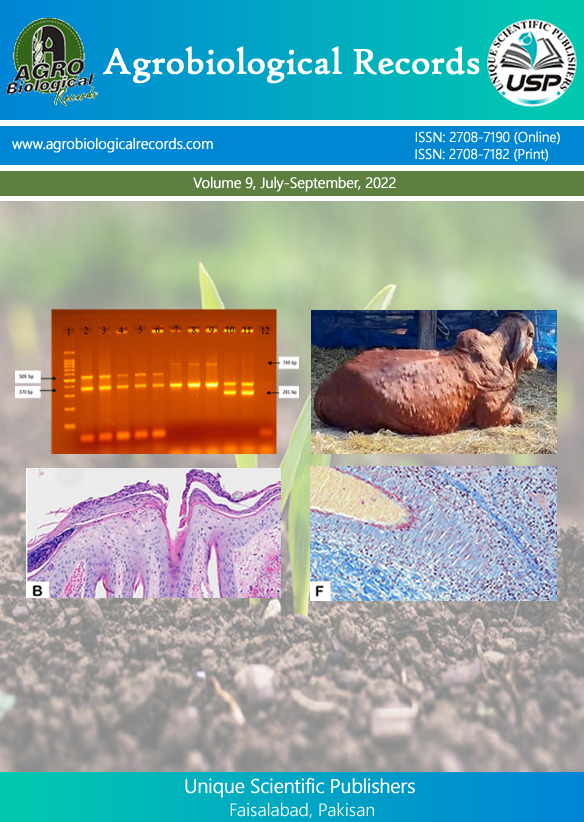
Reem Foad Polse1,*, Alaa Alhasan, Araz Ramadhan Issa1, Siham Abdullah Mohammed Said2, Haval Mohammed Khalid1 and Wijdan Mohammed Salih Mero1,3
1Department of Biology, College of Science, University of Zakho, Zakho, Kurdistan Region, Iraq 2Department of Pharmacy, Duhok Technical Institute, Polytechnic University, Duhok, Iraq 3Department of Medical Microbiology, College of Science, Knowledge University, Kirkuk Road, 44001, Erbil, Iraq
*Corresponding author: polis@uoz.edu.krd (AA); reem.polis@uoz.edu.krd (RFP)
Pseudomonas aeruginosa is rod-shaped, an aerobic, gram-negative, and opportunistic bacterium that doesn't make spores. It can cause various infections in immunocompetent and immunocompromised individuals, including surgical sites, urinary tract, pneumonia, burns, soft tissues, and otitis externa. Furthermore, it possesses variable virulence factors enabling it to resist treatment with the most available antibiotics. The purpose of this chapter was to show how common Pseudomonas aeruginosa isolates are among patients and healthcare professionals, as well as how they resist different types of antibiotics. This chapter demonstrates significant health problems related to Pseudomonas aeruginosa and derives more attention to this bacterium. Since only limited antibiotics are effective against it, therefore, all isolates must be investigated by antimicrobial susceptibility testing to identify the effective ones. From the used antibiotics, only Colistin showed a bactericidal effect by inducing a mechanism involving hydroxyl radicals that cause cell death. The application of this test limits antibiotic use and prevents the patients from developing resistance, in addition, it aids in the managements of treatment strategies.